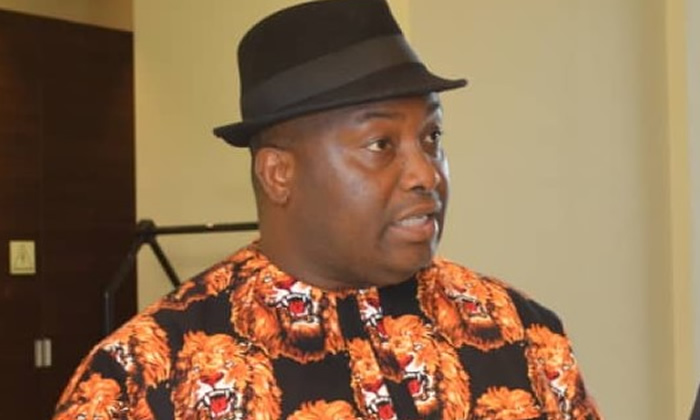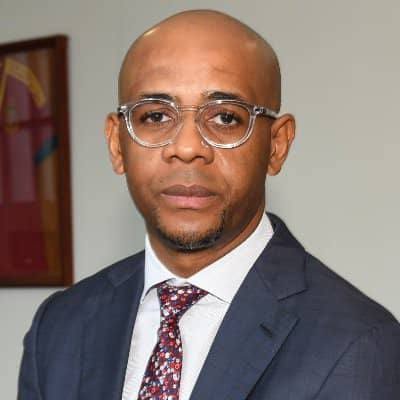
In Nigeria, underfunded school systems present daily challenges for students striving to build a better future through education. From overcrowded classrooms to a lack of basic learning materials, these obstacles often force learners to adapt creatively in order to succeed. Despite systemic setbacks, Nigerian students continue to show remarkable resilience and determination.
To ease academic pressure, many seek support. These can be tools like tutoring platforms or an essay writing service. Writing services help students overcome limitations by offering structured guidance, access to resources, and improved academic performance, especially when institutional support is lacking.
Understanding the Underfunding Issue
In many parts of Nigeria, school systems suffer from chronic underfunding—a long-standing issue that has hindered the delivery of quality education. An underfunded school system refers
to an educational setup where financial resources are insufficient to meet basic operational, infrastructural, and instructional needs. This funding gap often results from poor budget allocation, economic instability, corruption, and lack of political will. According to the UNESCO benchmark, countries are advised to allocate at least 15–20% of their national budget to education. However, Nigeria has consistently fallen short, spending as little as 5–7% in recent years. This gap trickles down to public schools, especially in rural and low-income urban areas, where facilities, staffing, and educational tools are severely lacking.
Challenges Nigerian Students Commonly Face
Despite their desire to learn and succeed, Nigerian students face significant hurdles in an educational environment plagued by underfunding. These challenges go beyond the classroom and have long-term effects on academic achievement, career prospects, and personal development. Most of these problems stem from inadequate government investment and reflect deeply systemic issues in the country’s education sector.
 1. Inadequate Learning Materials
1. Inadequate Learning Materials
Many public schools in Nigeria lack essential resources such as textbooks, writing materials, science kits, and functional libraries. In some cases, students share a single textbook among five or more peers. Without access to core materials, students struggle to understand new concepts, complete assignments, or prepare for exams. This widens the knowledge gap and reduces their ability to compete on standardized tests like WAEC or JAMB.
 2. Dilapidated Infrastructure
2. Dilapidated Infrastructure
A vast number of schools operate in unsafe and deteriorating buildings—some without proper roofing, windows, or classroom walls. Others lack toilets and clean water, forcing students to study in unsanitary conditions. Poor infrastructure creates an uncomfortable and unsafe learning environment. It discourages attendance, especially during the rainy season, and affects students’ concentration and health.
 3. Shortage of Qualified Teachers
3. Shortage of Qualified Teachers
Underfunded schools often have too few teachers, and those available may lack training or qualifications in the subjects they teach. Many rural schools rely on NYSC members or untrained volunteers. Teacher quality directly affects learning outcomes. A shortage of well-trained educators leads to ineffective instruction, inaccurate information, and unbalanced workloads, leaving students academically underserved.
 4. Overcrowded Classrooms
4. Overcrowded Classrooms
Class sizes of 80 to 100 students are common in underfunded public schools. Teachers are unable to offer personalized support, and learning becomes more about survival than understanding. Overcrowded classrooms reduce student participation, increase noise and distractions, and make classroom management nearly impossible. Individual attention is sacrificed, leaving many students behind.
 5. Limited Access to Electricity and Technology
5. Limited Access to Electricity and Technology
Many schools operate without electricity, meaning no computers, projectors, or internet connectivity. Even in urban schools with power, access to digital tools is limited. In today’s digital world, technology is central to learning and skill development. Students in underfunded schools are often left digitally illiterate, limiting their readiness for tertiary education and modern job markets.
How Students Are Coping and Adapting
Despite limited resources, Nigerian students are finding creative ways to keep learning.
- Using Mobile Phones – Accessing free educational videos, PDFs, and notes via WhatsApp, YouTube, or offline downloads.
- Forming Study Groups – Collaborating with peers to share textbooks, discuss topics, and prepare for exams.
- Joining Community Learning Centers – Attending NGO or community-run hubs that provide extra lessons and materials.
- Sharing and Recycling Materials – Using hand-me-down books, photocopies, and old exam papers from siblings or neighbors.
- Using Social Media for Learning – Participating in academic WhatsApp or Facebook groups to ask questions and exchange ideas.
- Self-Studying at Home – Creating personal reading schedules and studying independently when teachers are unavailable.
- Gaining Practical Skills – Taking internships or apprenticeships to learn marketable skills outside the classroom.
- Attending Religious/NGO Programs – Joining church, mosque, or NGO-sponsored education initiatives for extra tutoring or exam prep.
Today, Nigerian students adapt to underfunded school systems by embracing peer learning, using mobile tools, joining community programs, and developing self-study habits—demonstrating resilience, creativity, and a strong commitment to education.
The post How Nigerian Students Adapt to Underfunded School Systems appeared first on Latest Nigeria News | Top Stories from Ripples Nigeria.

.png) 5 hours ago
1
5 hours ago
1









.png)






 English (US) ·
English (US) ·